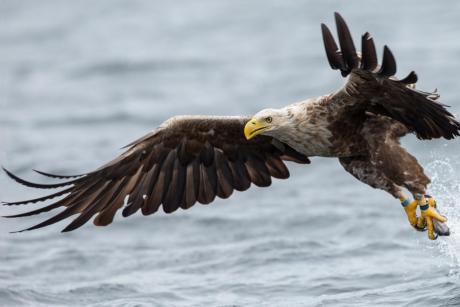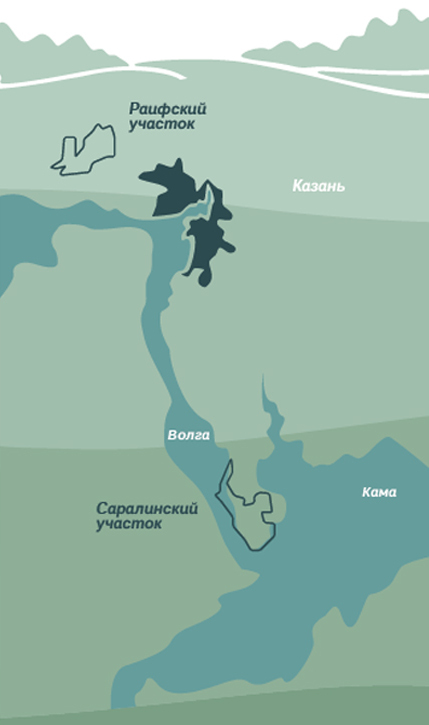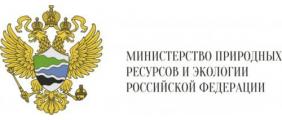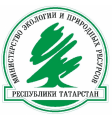Objective of the project:
In 2005, the decision of the Presidium of the International Coordinating Council for the Man and the Biosphere (MAB) program of UNESCO, the Volzhsko-Kama Reserve was granted the status of a biosphere reserve. UNESCO certificates as clusters of the Great Volzhsko-Kamsky Biosphere Reserve received Raifa Forest and Sarali Land between rivers of the reserve. At the same time, the Presidium urged to expand the territory of the biosphere reserve by adding additional sites that meet the principles of the Seville Strategy for Biosphere Reserves. In 2007, after the relevant application was submitted to the Big Volga-Kamsky Biosphere Reserve, the state nature reserves of the regional profile of the Spassky Insular Archipelago and Sviyazhsk Wetland Area were included.
Unlike nature reserves, whose main task is to preserve biological and landscape diversity, as well as typical and unique ecosystems, biosphere reserves should ensure the development of a balanced relationship between the population and the environment. In other words, the activity of the biosphere reserve is intended to illustrate how to combine the conservation of biological diversity and biological resources with their sustainable use, with the socio-economic development of the territory and the preservation of spiritual and historical and cultural values.
The biosphere territories perform three complementary functions:
conservation - the conservation of genetic resources, biological species, ecosystems and landscapes;
development - promoting sustainable socio-economic development;
scientific and technical support - the implementation of demonstration projects, environmental education and training, scientific research and monitoring, implemented to preserve natural and territorial complexes and sustainable development.
To perform these functions, the biosphere reserves are divided into three zones:
one or several major territories (nuclei), whose role is usually played by nature reserves and national parks enjoying long-term protection of the state;
The buffer zone, which is usually located around the core and plays the role of a barrier that restrains the impact of negative factors on protected ecosystems. Here the regulated nature management can be made;
a transition zone (a zone of cooperation), which plays the role of an experimental test site for working out models for sustainable development of the region. Approaches to rational nature management and socio-economic development are being tested here, cooperation of local communities, administrative and scientific institutions, non-governmental organizations and business circles is being carried out.















